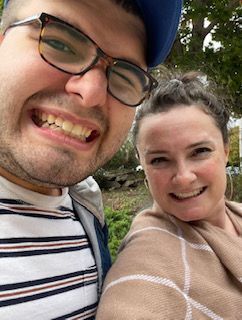Get to know Us
What is Autism
According to AutismCanada, Autism could mean that an individual may have some challenges with social communication and interaction or perhaps some restricted or repetitive behaviours or special interests. It is a different way of learning, moving, or paying attention. Autism is a neurodevelopmental difference that uniquely imparts each individual differently. Autism is not what an individual "has" but it is who they are.

Sensory Differences
Autistic people may experience sensory differences. These differences may include over-sensitivity or under-sensitivity to specific senses.
Touch, sight, sound, movement, body position, smell, taste, and internal sensation.
Each of these senses comes together to build your conscious reality. This can be a positive thing, but can also cause distress or discomfort. Autistic people often have trouble with regulating their sensory inputs, or interpreting them in the same way that a neurotypical person would. The senses are very important to us, so we built Pure Sensoria to share our sensory likes with you!
Click here to more information on Sensory differences.

"Stimming"
Stimming refers to a self-stimulatory behaviour that helps an autistic person regulate their emotions when they are feeling overhwhelmed. Examples include rocking, hand flapping, pacing, and vocalizations, but could also involve self-harming, such as pulling skin, hair, or head banging. Autistic people may stim when they are processing negative emotions, such as anxiety, but also when they are happy or excited. Joyful stims are usually harmless. Additionally, stimming may be considered a form of communication as autistic people find it much more difficult to transmit information when they are feeling overwhelmed.





